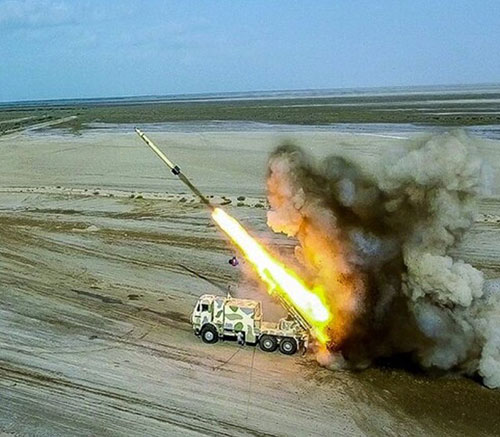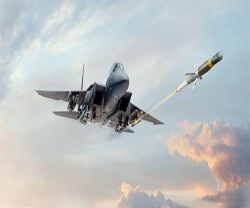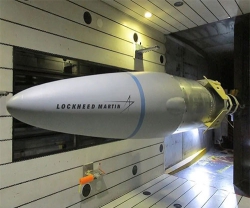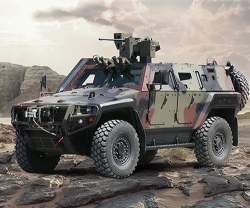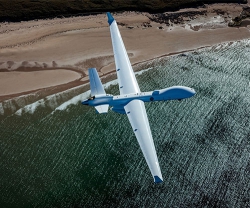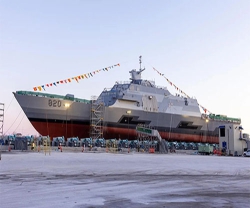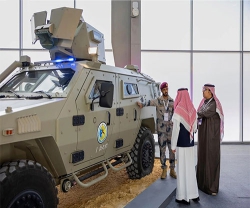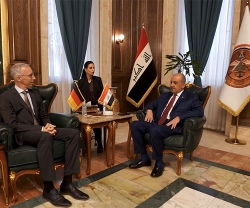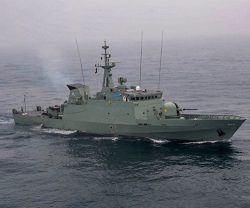The Islamic Revolution Guards Corps (IRGC) on Wednesday launched the second day of the final stage of a military exercise in southern Iran.
Codenamed “Payambar-e Azam 14 (The Great Prophet)”, the joint exercise, including forces from the IRGC Navy and the IRGC Aerospace Force, involves ground, aerial, naval and space operations in the Persian Gulf and the Strait of Hormuz, Mehr news agency reported.
Using new tactics and equipment, the IRGC Air Force demonstrated some of its extensive capabilities in the face of hypothetical enemy threats.
The successful launch of surface-to-air ballistic missiles against the hypothetical enemies was among the measures of Wednesday’s drill. The launch of such missiles, which were camouflaged and fired from the depths of the ground, could pose serious challenges to the enemy intelligence agencies in the event of a serious challenge.
The IRGC Sukhoi fighter jets also targeted predetermined spots on Farur Island in the Persian Gulf.
Moreover, IRGC drones attacked the enemy’s simulated aircraft carrier and targeted the vessel’s bridge.
Destroying hypothetical enemy targets, which were much smaller than the actual size, with a variety of smart bombs was another part of this phase of the exercise.
Successful missile combat operations were also carried out by firing two Hormoz and Fateh surface-to-surface missiles, and one ballistic missile at specific targets.
The IRGC also attacked the hypothetical enemy targets with Shahed 181 drones during the Wednesday phase.
The servicemen attending the war game exercise offensive operations using missiles, drones and vessels, offensive mine-laying operations and tactics to cut off the naval connections of the hypothetical enemy, missile combat operations using helicopters, and launch of coast-to-sea missiles.
Satellite images taken by Iran’s homegrown ‘Noor’ (light) satellite that was launched into space in April have been used to evaluate the situation in the war game zone.
Iran’s Armed Forces hold routine military exercises throughout the year.

